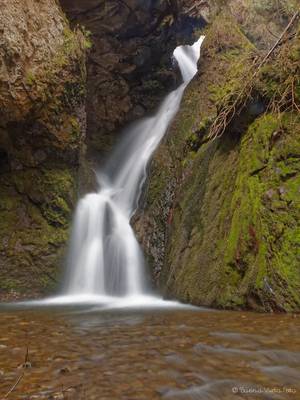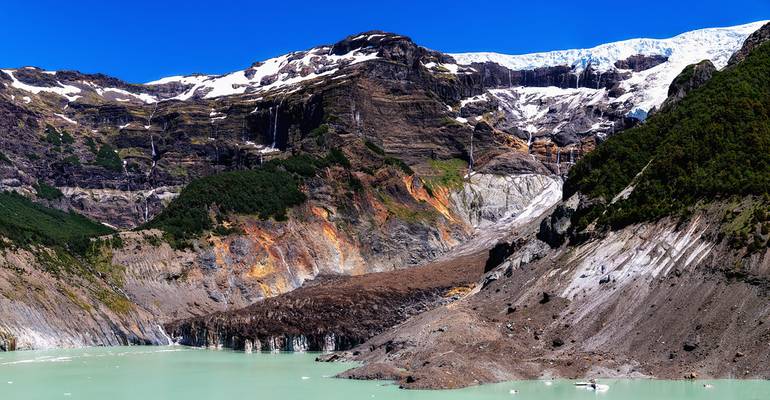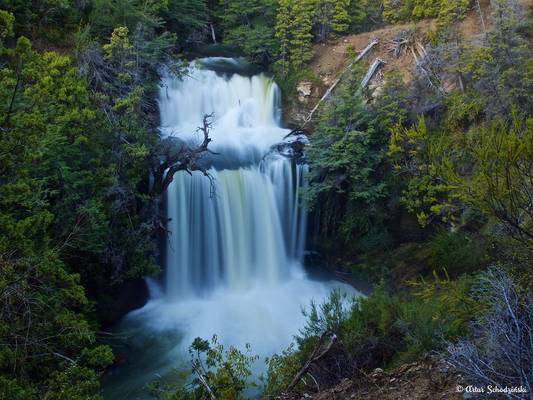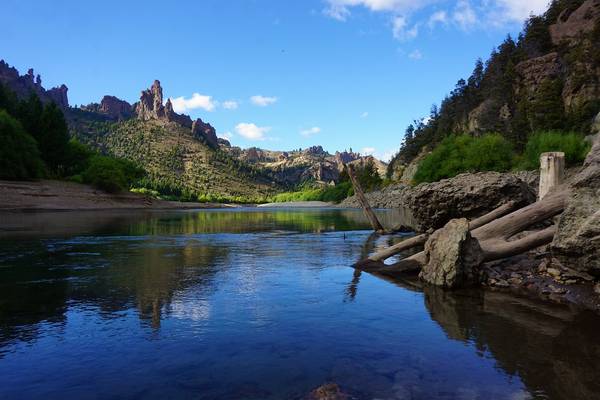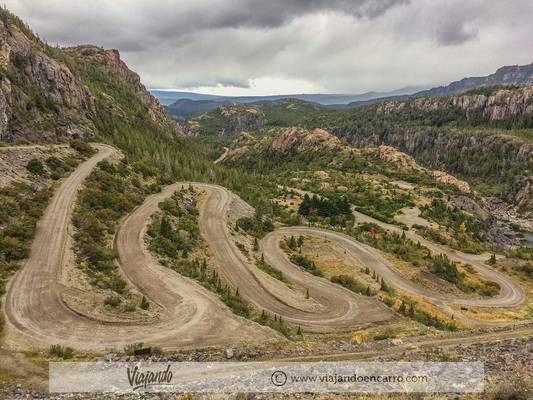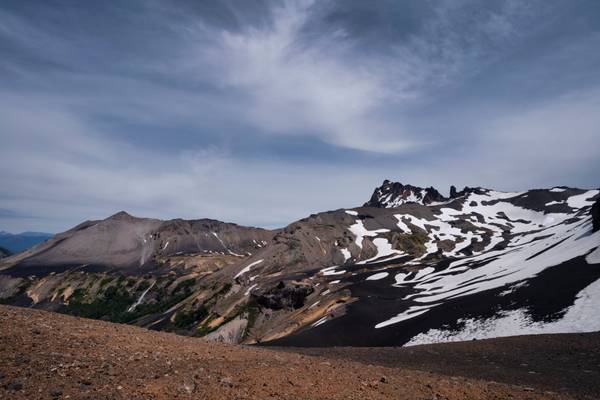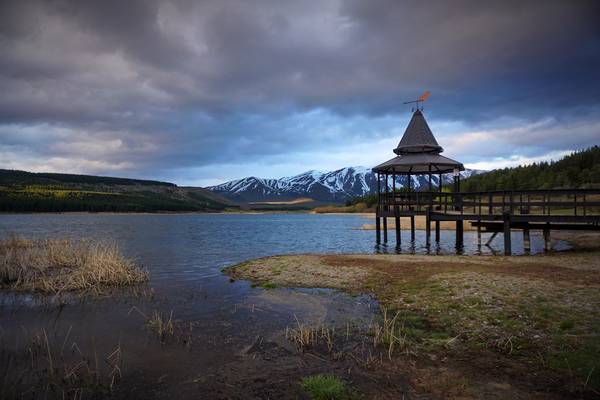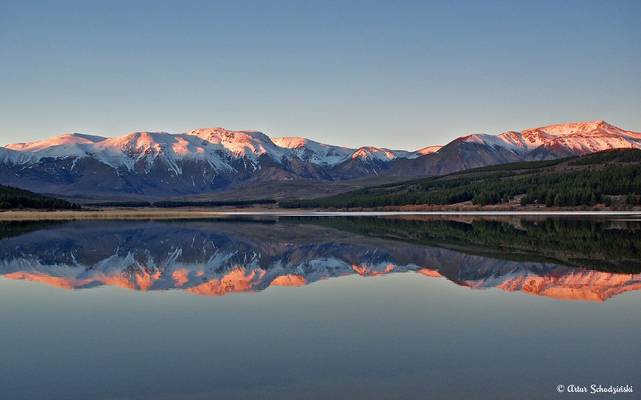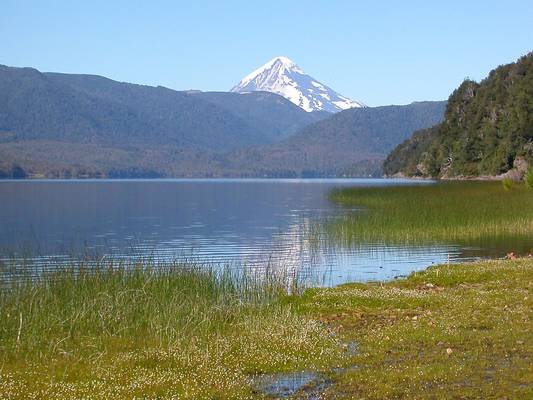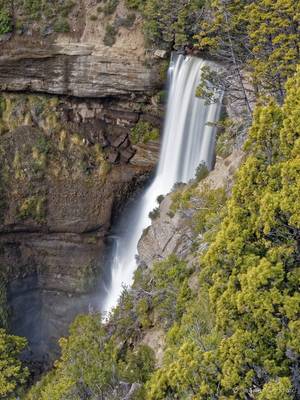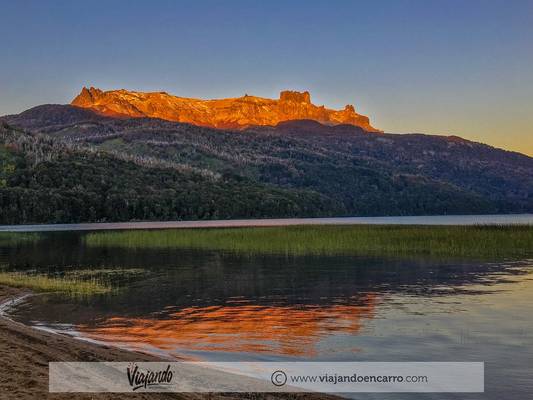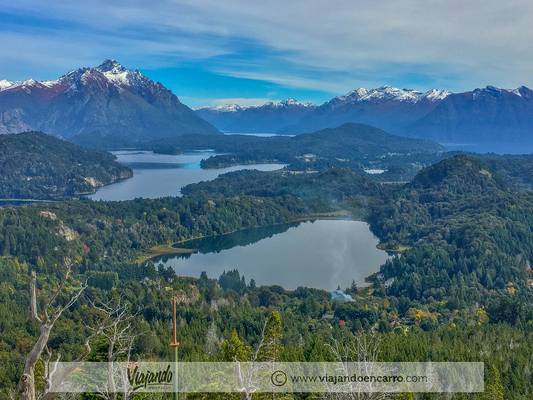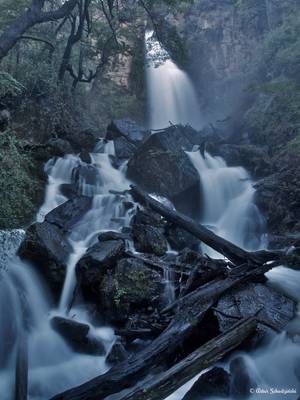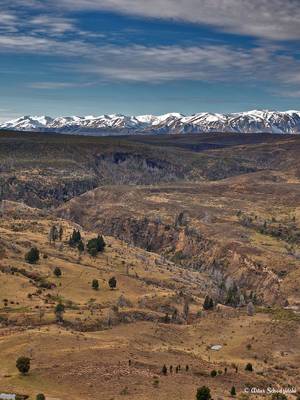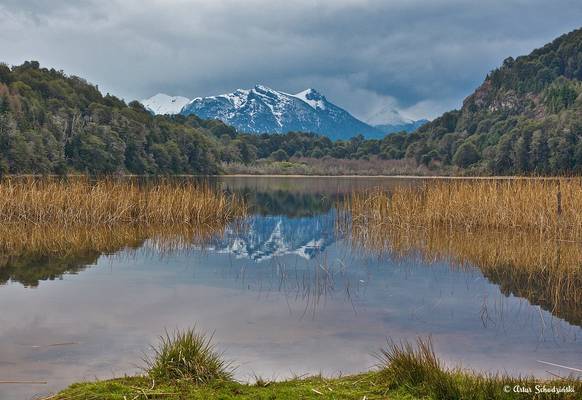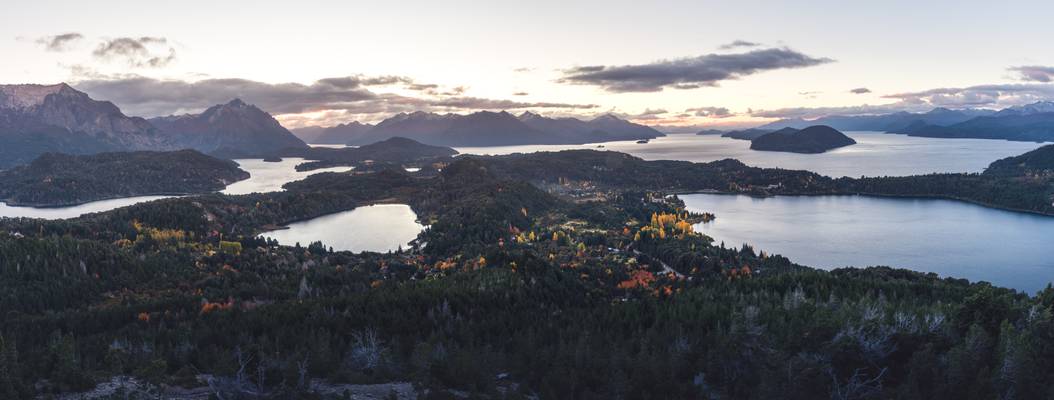
Reserva de Biósfera Andina Norpatagonica
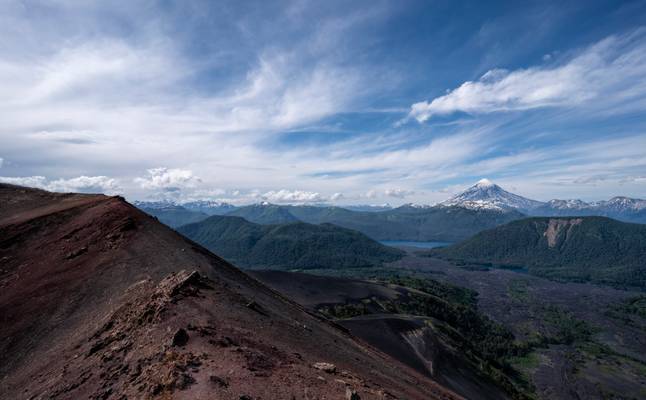
by StarCitizen
Neuquen, Argentina

by StarCitizen
Volcán Lanín is landmark stratovolcano straddling the Chile-Argentina border, featuring a conical, ice-capped peak.
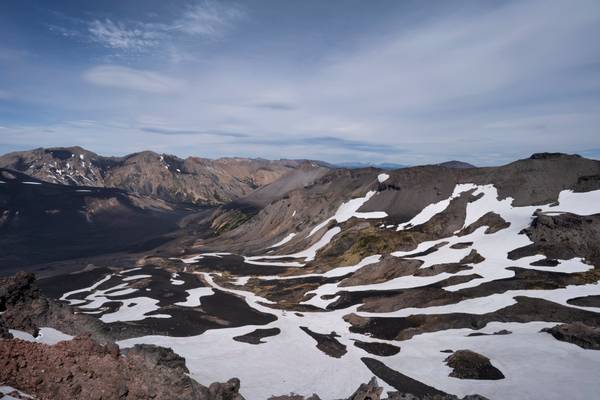
by StarCitizen
Neuquén, Argentina
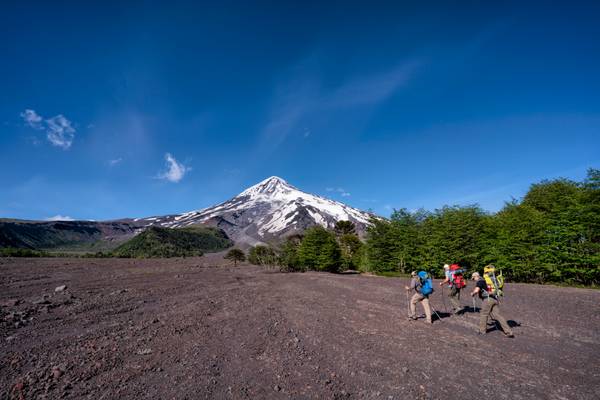
by StarCitizen
Argentina
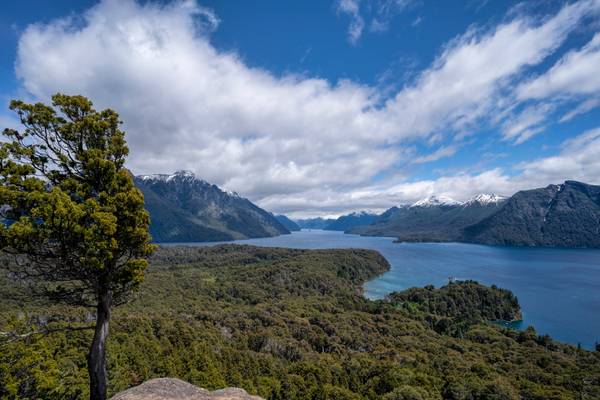
by StarCitizen
San Carlos de Bariloche, Rio Negro, Argentina
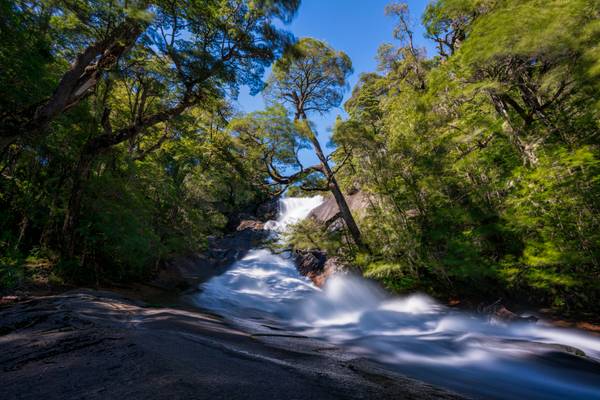
by StarCitizen
Bariloche, Argentina
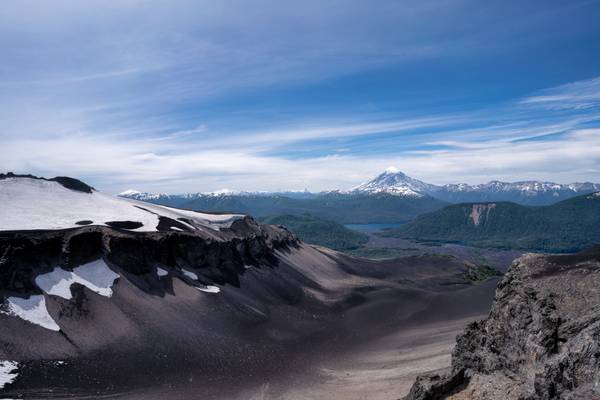
by StarCitizen
Neuquen, Argentina

by StarCitizen
Lanin National Park, Argentina
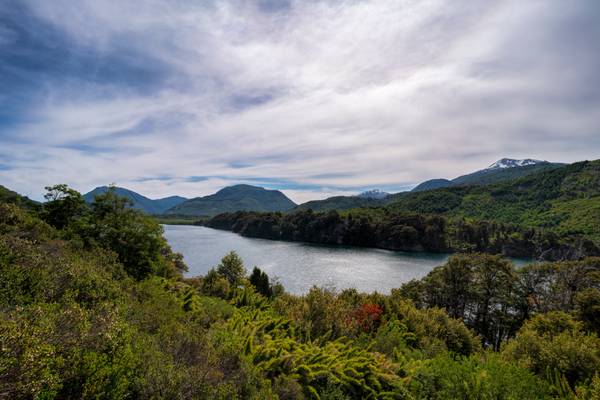
by StarCitizen
The Road of the Seven Lakes is the popular name given to the scenic portion of national route 40 between the towns of San Martín de los Andes and Villa La Angostura in the Neuquén Province, in Patagonia Argentina
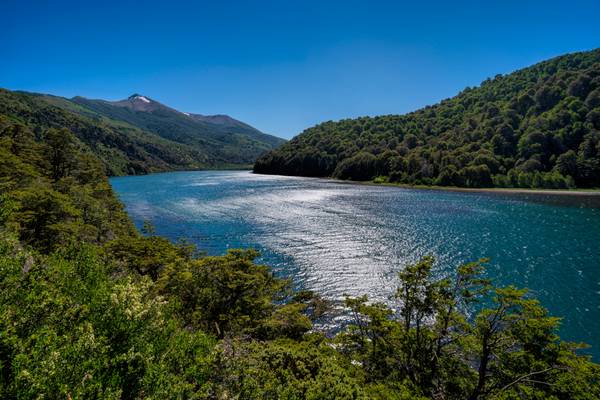
by StarCitizen
Neuquen, Argentina
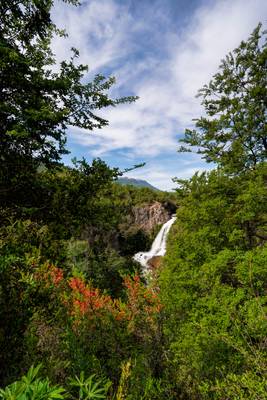
by StarCitizen
The Road of the Seven Lakes is the popular name given to the scenic portion of national route 40 between the towns of San Martín de los Andes and Villa La Angostura in the Neuquén Province, in Patagonia Argentina
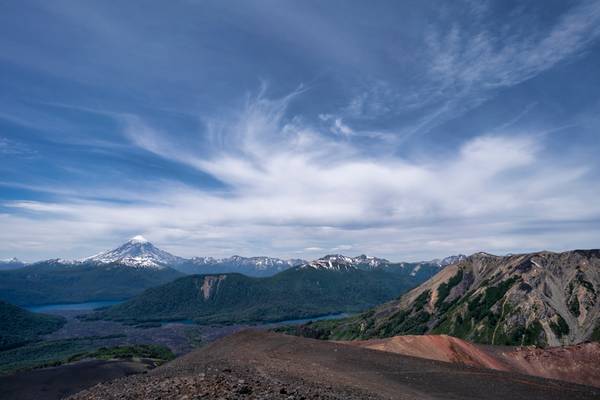
by StarCitizen
Neuquen, Argentina
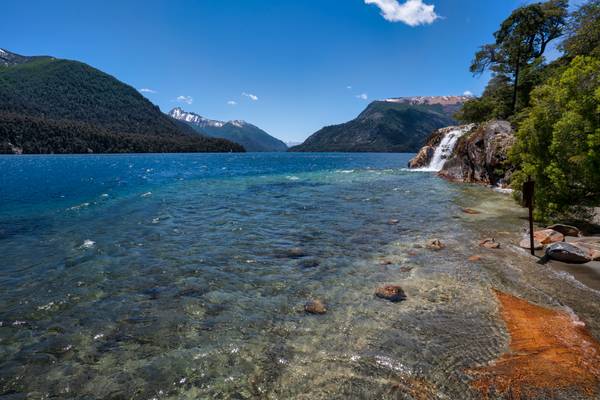
by StarCitizen
Bariloche, Argentina

by StarCitizen
San Carlos de Bariloche, Rio Negro, Argentina

by StarCitizen
Bariloche, Argentina

by StarCitizen
The Road of the Seven Lakes is the popular name given to the scenic portion of national route 40 between the towns of San Martín de los Andes and Villa La Angostura in the Neuquén Province, in Patagonia Argentina
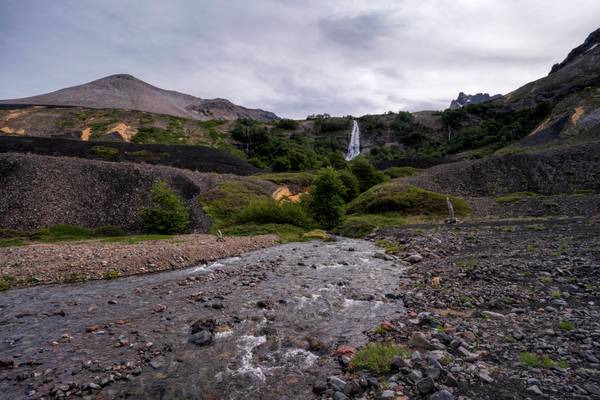
by StarCitizen
Neuquen, Argentina
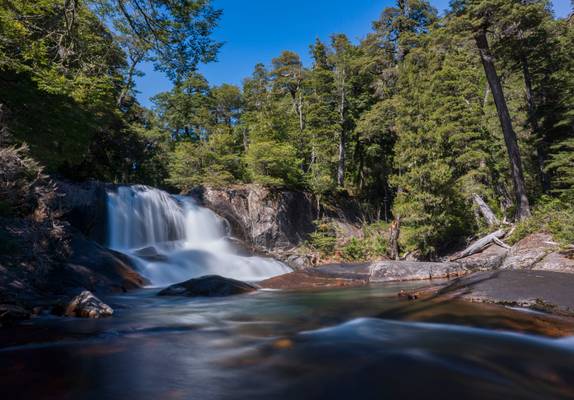
by StarCitizen
Bariloche, Argentina
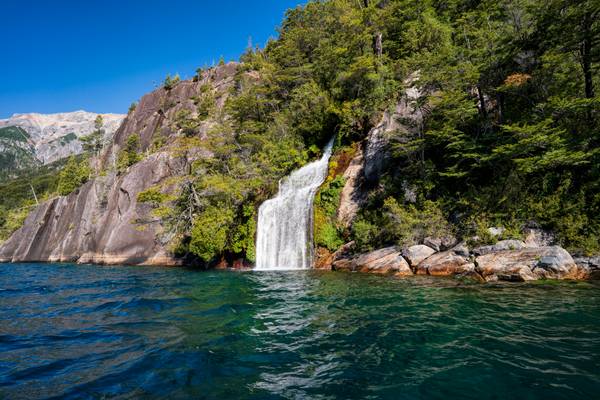
by StarCitizen
Bariloche, Argentina
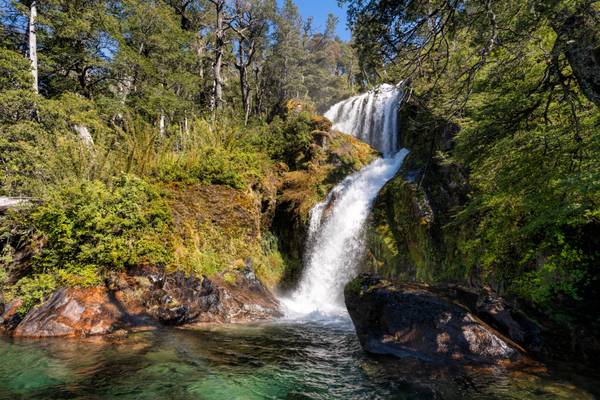
by StarCitizen
Bariloche, Argentina
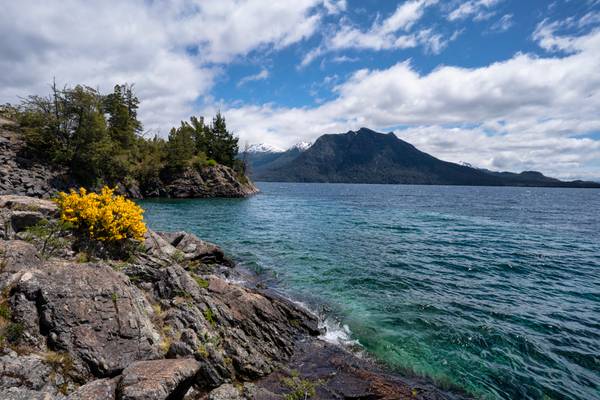
by StarCitizen
Nahuel Huapi lake, located within the Nahuel Huapi National Park, has a surface of 529 km2 (204 sq mi), rests 2,510 feet (770 m) above the sea level, and has a maximum measured depth (as of 2007) of 1,437 feet (438 m).
The lake depression consists of several glacial valleys carved out along faults and Miocene valleys that were later dammed by moraines.
It is connected to other smaller lakes such as Gutiérrez, Moreno, Espejo and Correntoso. The deep-blue waters hold a number of islands, most notably Isla Victoria with an area of 31 km², and Isla Huemul.
A curious fact about the lake is that, despite being nowhere near any ocean and being at high altitude, it is also home for kelp gull and the blue eyed cormorant (Phalacrocorax atriceps), otherwise strictly marine birds.
The lake’s crystal clear waters are very susceptible to climate changes and have an average surface temperature of 45 °F (7 °C); this makes it both beautiful and treacherous.

Panorámica de 10 cuadros. 10 frames pano.
Verano en la Patagonia / Summer in Patagonia
Bahía Brava, Villa La Angostura, Argentina
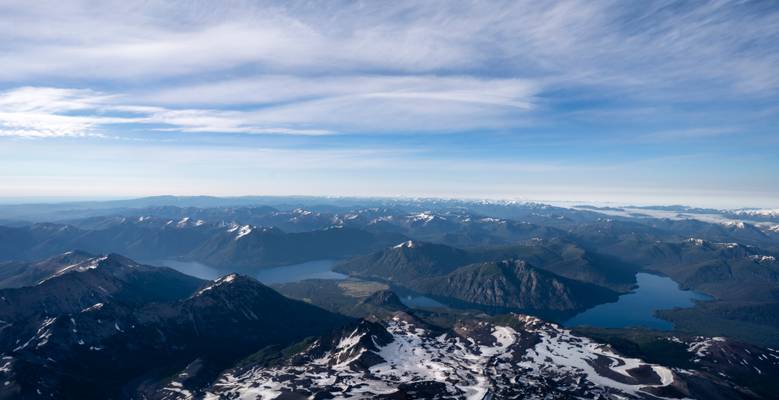
by StarCitizen
Shot made from yhe summit of Volcán Lanín - landmark stratovolcano straddling the Chile-Argentina border, featuring a conical, ice-capped peak.
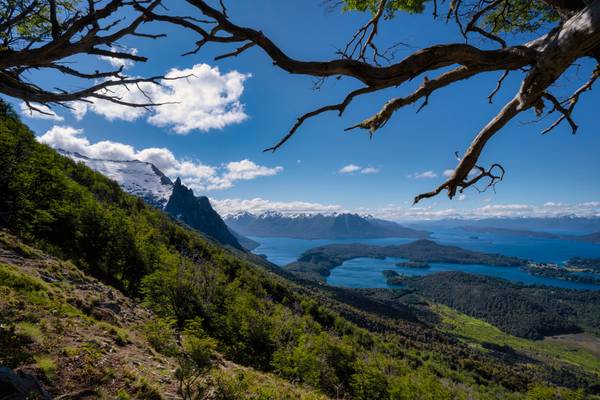
by StarCitizen
Bariloche. Argentina
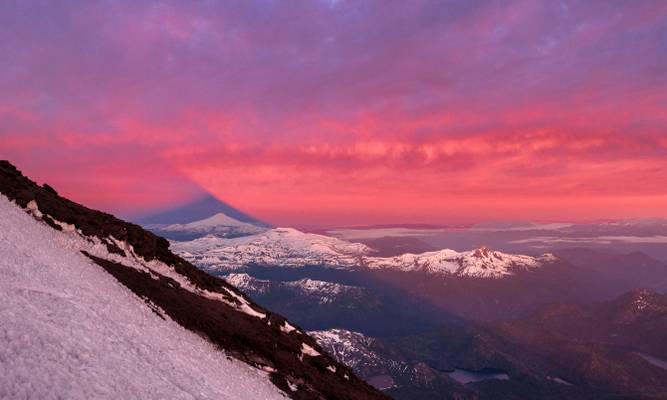
by StarCitizen
Volcán Lanín. Patagonia. A landmark stratovolcano straddling the Chile-Argentina border, featuring a conical, ice-capped peak.
In this shot, the shadow of Lanin drops on the clouds above another volcano - Villarica.
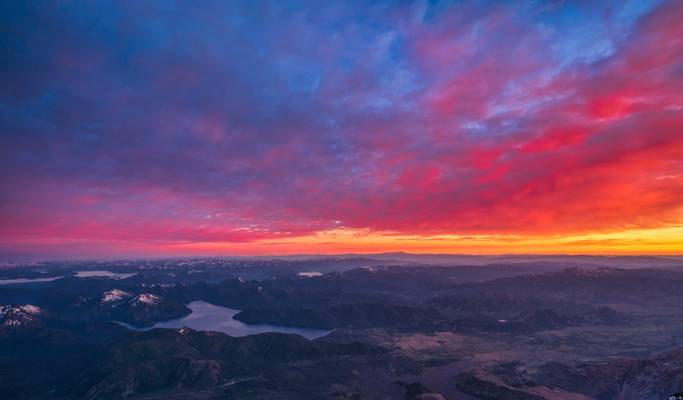
by StarCitizen
Shot made from the slope of Volcán Lanín - landmark stratovolcano straddling the Chile-Argentina border, featuring a conical, ice-capped peak.
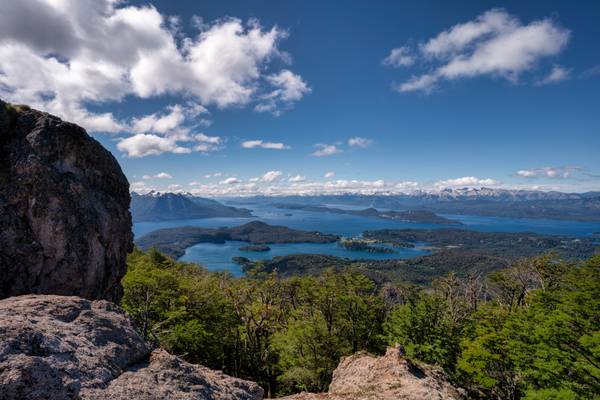
by StarCitizen
Bariloche, Argentina

by Enrica Fabriani
San Carlos de Bariloche es una de las localidades turísticas más conocidas de Argentina. Se encuentra en la ribera sur del enorme lago Nahuel Huapi.
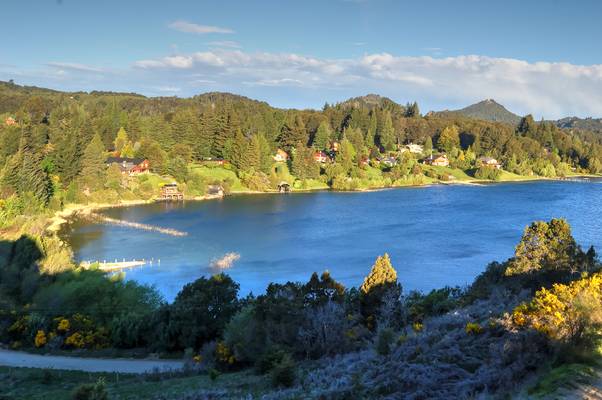
by Enrica Fabriani
San Carlos de Bariloche es una de las localidades turísticas más conocidas de Argentina. Se encuentra en la ribera sur del enorme lago Nahuel Huapi.
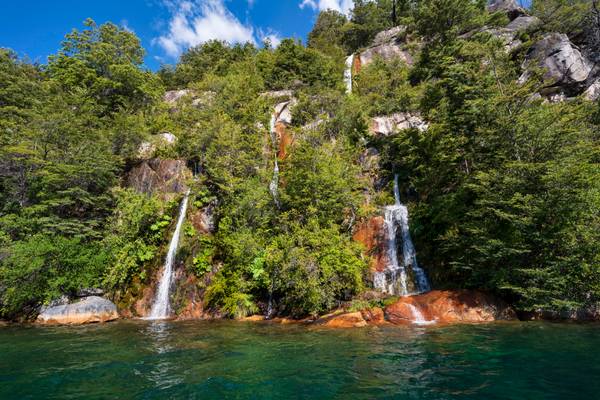
by StarCitizen
Bariloche, Argentina
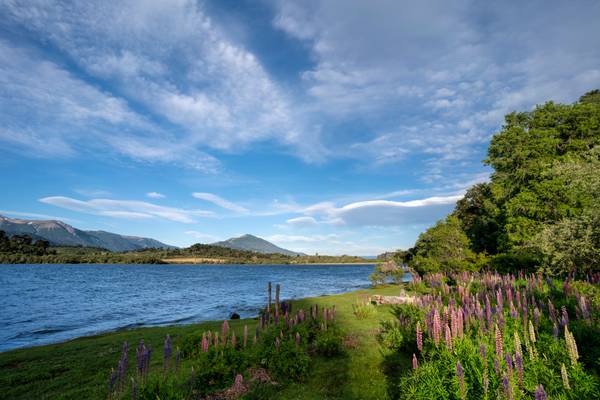
by StarCitizen
Neuquén, Argentina
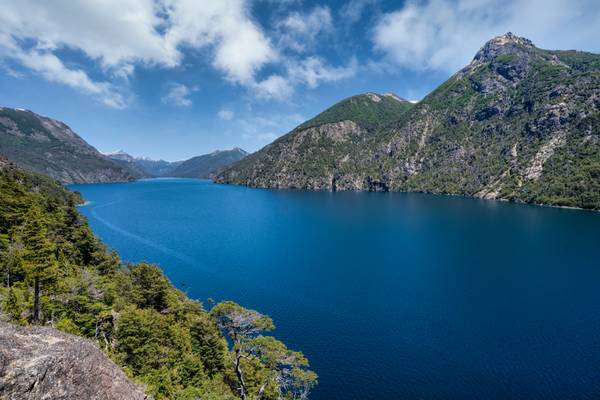
by StarCitizen
Nahuel Huapi lake, located within the Nahuel Huapi National Park, has a surface of 529 km2 (204 sq mi), rests 2,510 feet (770 m) above the sea level, and has a maximum measured depth (as of 2007) of 1,437 feet (438 m).
The lake depression consists of several glacial valleys carved out along faults and Miocene valleys that were later dammed by moraines.
It is connected to other smaller lakes such as Gutiérrez, Moreno, Espejo and Correntoso. The deep-blue waters hold a number of islands, most notably Isla Victoria with an area of 31 km², and Isla Huemul.
A curious fact about the lake is that, despite being nowhere near any ocean and being at high altitude, it is also home for kelp gull and the blue eyed cormorant (Phalacrocorax atriceps), otherwise strictly marine birds.
The lake’s crystal clear waters are very susceptible to climate changes and have an average surface temperature of 45 °F (7 °C); this makes it both beautiful and treacherous.
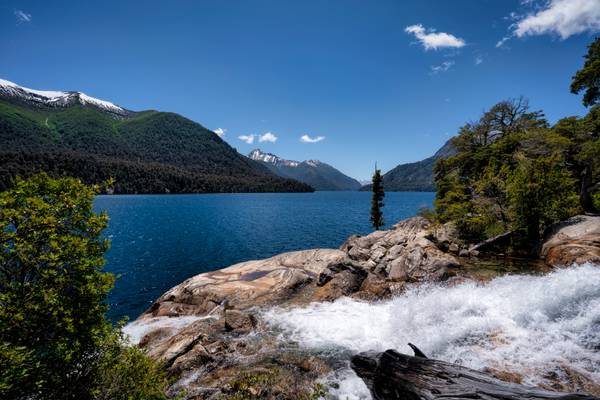
by StarCitizen
Bariloche, Argentina
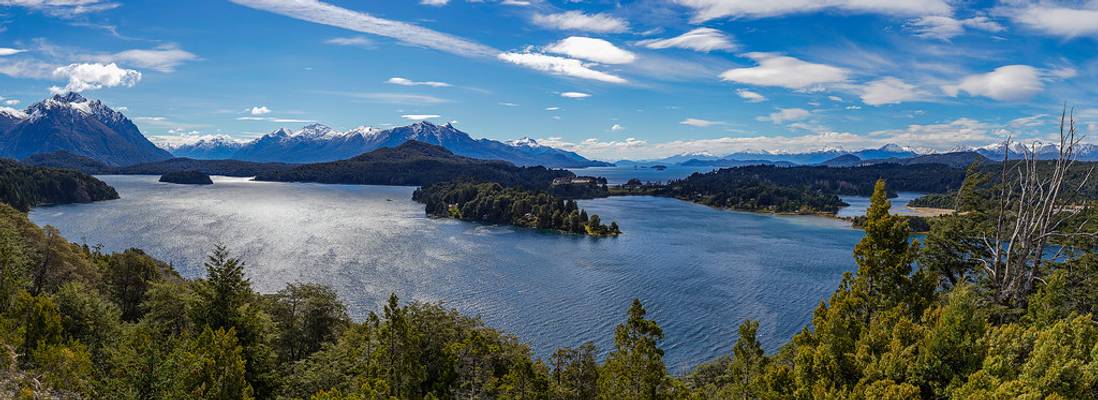
Panorámica de ocho imágenes. Eight shots pano.
Cerro Capilla, Lagos Moreno y Nahuel Huapi. Capilla Mount, Moreno and Nahuel Huapi Lakes.
Thanks to all Phoide contributors to Reserva de Biósfera Andina Norpatagonica!
Most notably StarCitizen and Enrica Fabriani.
